
Thomas Bewick was an English wood-engraver and natural history author. Early in his career he took on all kinds of work such as engraving cutlery, making the wood blocks for advertisements, and illustrating children's books. He gradually turned to illustrating, writing and publishing his own books, gaining an adult audience for the fine illustrations in A History of Quadrupeds.

Sydney Parkinson was a Scottish botanical illustrator and natural history artist. He was the first European artist to visit Australia, New Zealand and Tahiti. Parkinson was the first Quaker to visit New Zealand. The standard author abbreviation Parkinson is used to indicate this person as the author when citing a botanical name.
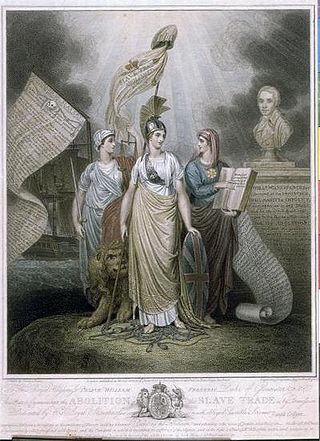
Joseph Collyer, also called Joseph Collyer the Younger, was a British engraver. He was an associate of the Royal Academy and portrait engraver to the British Queen Consort, Queen Charlotte.

George Barret Sr. was an Irish landscape artist best known for his oil paintings, but also sometimes produced watercolours. He left Ireland in 1762 to move to London where he soon gained recognition as a leading artist of the period. He exhibited at the Society of Artists of Great Britain and was able to gain patronage from many leading art collectors. Barrett with other leading members left the Society in 1768 to found the Royal Academy, where he continued to exhibit until 1782.
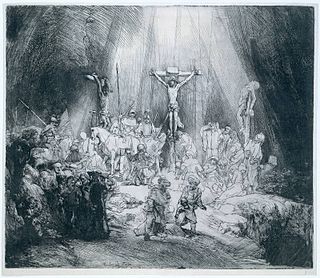
An old master print is a work of art produced by a printing process within the Western tradition. The term remains current in the art trade, and there is no easy alternative in English to distinguish the works of "fine art" produced in printmaking from the vast range of decorative, utilitarian and popular prints that grew rapidly alongside the artistic print from the 15th century onwards. Fifteenth-century prints are sufficiently rare that they are classed as old master prints even if they are of crude or merely workmanlike artistic quality. A date of about 1830 is usually taken as marking the end of the period whose prints are covered by this term.
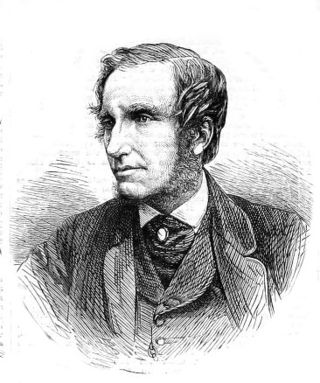
Edward William Cooke was an English landscape and marine painter, and gardener.

David Martin was a Scottish painter and engraver. Born in Fife, he studied in Italy and England, before gaining a reputation as a portrait painter.

Samuel William Reynolds was a mezzotint engraver, landscape painter and landscape gardener. Reynolds was a popular engraver in both Britain and France and there are over 400 examples of his work in the National Portrait Gallery, London.

John William Hill or often J.W. Hill was a British-born American artist working in watercolor, gouache, lithography, and engraving. Hill's work focused primarily upon natural subjects including landscapes, still lifes, and ornithological and zoological subjects. In the 1850s, influenced by John Ruskin and Hill's association with American followers of the Pre-Raphaelite Brotherhood, his attention turned from technical illustration toward still life and landscape.
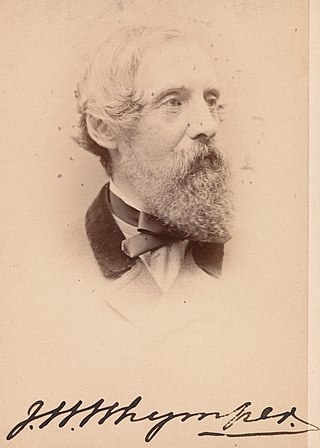
Josiah Wood Whymper was a British wood-engraver, book illustrator and watercolourist.

George Smith was an English landscape painter and poet, known as "George Smith of Chichester". He and his two brothers, all artists, are known as the "Smiths of Chichester".

Robert Brandard was a British landscape engraver and landscapist.
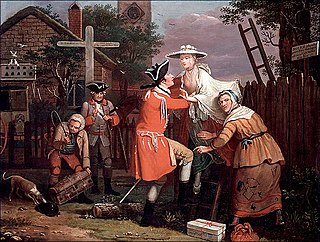
John Collet or Collett was an English satirical artist.
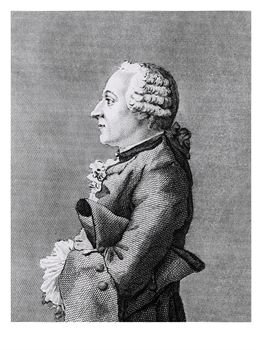
John Swaine, was an English draughtsman and engraver.

Moses Griffith was a Welsh draughtsman, engraver and watercolourist.

James Ramsay (1789–1854) was a British portrait painter, working in oils.
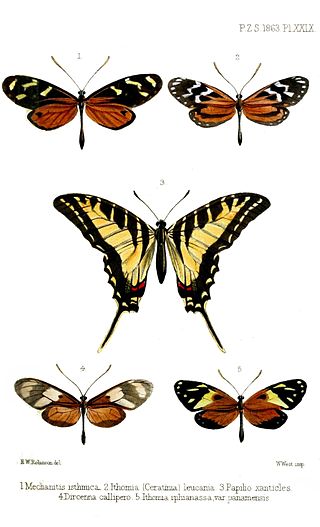
Edward William Robinson (1824–1883), usually known as E.W. Robinson, was a nineteenth-century British School artist and illustrator of natural history books such as Alfred Russel Wallace's The Malay Archipelago and Henry Walter Bates's The Naturalist on the River Amazons.
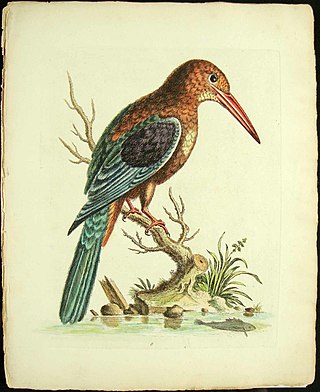
Peter Paillou was a British artist best known for his paintings of birds, many of which were used as book illustrations.

Animals Drawn from Nature and Engraved in Aqua-tinta is a book written and illustrated by Charles Catton the younger and published in London in 1788. It is a very early example of a work including hand-coloured aquatints. The thirty-six animals described, all mammals except for the crocodile, were from both the New World and the Old World. At the time Catton had not travelled abroad so he drew native British animals as well as exotics kept in captivity in Britain.
Charles Cordiner was a Scottish Episcopal clergyman and antiquary.





















